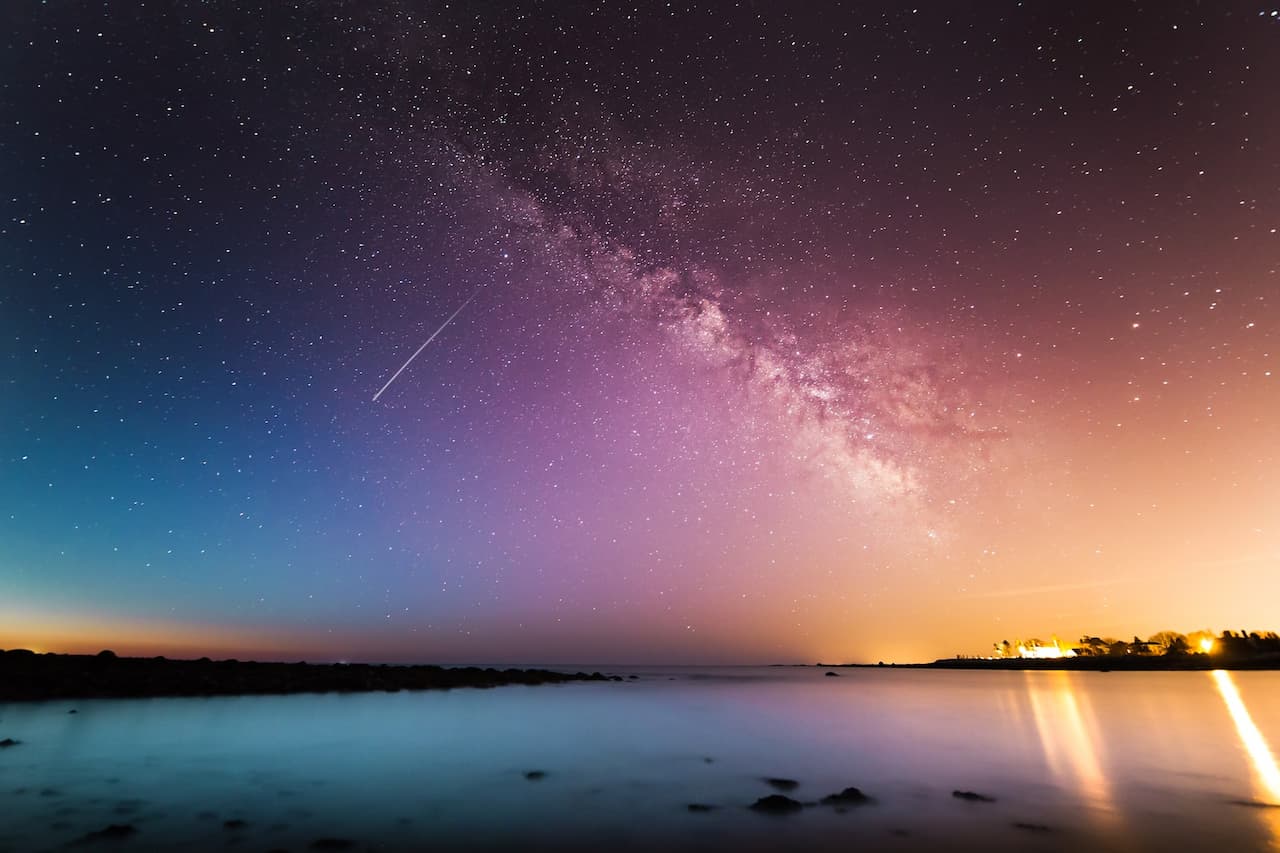Facts About Stars
Softly singing even while the words twinkle, twinkle, little star are soothing to a baby, they don’t actually describe anything outside the Earth’s atmosphere. It might also be transcribed as emit, emit, an enormous ball of gas,” which is more accurate but less calming.
describe anything outside the Earth’s atmosphere. It might also be transcribed as emit, emit, an enormous ball of gas,” which is more accurate but less calming.
The roiling nuclear forges in the stars’ centers are responsible for creating their immense amounts of light and heat. All of the others in the sky are several times farther away from us than the sun.
There are billions upon billions of galaxies in the cosmos, and they all begin with these. It’s hard to tell exactly how many stars there are in the universe, but scientists believe that there are around 300 billion in our Milky Way galaxy alone.
The birth of a star
They live for billions of years before dying. The rule of thumb is that a star’s life expectancy decreases with increasing mass.
Nebulae are hydrogen-rich dust clouds where they are born. Pockets of dense stuff inside the nebula collapse under their own weight due to gravity over the period of thousands of years.
When one of these gas clouds contracts, it enters the protostar stage, the first stage of their life. Due to the obscuring dust in the nebulae, astronomers often have a hard time spotting protostars.
Because of the conservation of angular momentum, a shrinking protostar spins faster in the same way as an ice skater speeds up when she draws in her arms while spinning.
When a star’s internal pressure increases, its surface temperature rises, and it enters the short T Tauri phase.
When the core reaches roughly 27 million degrees Fahrenheit (15 million degrees Celsius) after millions of years, nuclear fusion starts, igniting the core and kicking off the next and longest stage of a star’s existence, the main sequence.
Main sequence stars, which include the Sun, make up the vast majority of the stars in our galaxy. They are perpetually fusing hydrogen into helium and emitting x-rays as a result of this process.
This process generates a great deal of heat and light, allowing the star to continue its stellar activity.
Origin of Stars
Most galaxies include natal clouds of dust from which stars emerge. The Orion Nebula is one well-known instance of a dust cloud like this. The turbulence deep within these clouds creates knots heavy enough to cause the gas and dust to fall under their own weight.
When a cloud breaks apart, its core starts to heat up as its contents become exposed. This central heated core of the collapsing cloud is a protostar, and it is this core that will eventually become a star.
The majority of stars in the Milky Way are either paired or in groupings of several stars, which is consistent with predictions made by three-dimensional computer models of star formation.
Everything that shines
Even among the stars, there are those that stand out above the others. Their luminous intensity is proportional to their distance from Earth and the amount of energy (luminosity) they emit. Stars can have different colors because their temperatures are different.
Stars with a high surface temperature seem white or blue, whereas stars with a lower surface temperature appear orange or red. Hertzsprung-Russell diagrams are used to organize stars into classes based on these and other parameters.
The main sequence and white dwarf stars aren’t the only types of stars out there; dwarfs, giants, and supergiants are all considered separate categories. The radius of supergiants can be a thousand times greater than the Sun’s.
The main sequence period accounts for 90% of a star’s lifetime. The sun, which is now roughly 4.6 billion years old, is a typical yellow dwarf star and is expected to continue its main sequence phase for many more billions of years.
Towards the conclusion of their lifetimes, stars change most of their hydrogen to helium. When a star’s helium cools to its core, the star’s core heats up, expanding its outer shell of hot gases. Red giants are the name given to these massive, bloating stars.
A star’s eventual demise, however, is not predetermined and varies with its mass. The red giant phase is a precursor to the star’s eventual transformation into a white dwarf as it sheds its outer layers. The white dwarf cools over billions of years.
When one of these stars in a binary system accumulates enough stuff from its companion to cause an explosion on its surface, we see a spectacular nova. All white dwarfs eventually die out and stop generating energy.
When they reach this stage, which hasn’t been seen yet, they are classified as black dwarfs.
Big Bang
However, massive stars choose to end their lives in a spectacular explosion by exploding as supernovae rather than following this evolutionary route.
Red giant stars might appear to be expanding from the outside, but their cores are really compressing, getting so dense that they collapse and burst. If the residue of one of these explosions is large enough, it can evolve into a black hole.
Stars are black bodies
Stars have dark, squishy bodies. Every photon of light, radio wave, and so forth that strikes a dark body is absorbed completely. The interior of a brick oven that has been painted black with one tiny window is a familiar mental image. The oven’s interior soaks up all of the light coming in through the window, and none of it escapes through the opening. It functions superbly as a sponge.
Forecasting by the Stars
All stars save the most massive ones and may be expected to exist for billions of years, however, their lifespan decreases with increasing size. When all the hydrogen in a star’s core has been fused, nuclear processes stop.
When it stops receiving the energy it needs, the core collapses in on itself and gets considerably hotter. The fusion of hydrogen continues in a shell around the core because hydrogen is still present there.
When a star’s core gets too hot, it pushes outward on the surrounding layers, forcing them to expand and cool, turning the star into a red giant.
More complex nuclear processes, which use up helium to create heavier elements up to iron, may be supported by the increasing heat of the collapsing core if the star is large enough.
Nonetheless, these responses typically provide only short-term relief. Slowly but surely, the star’s nuclear flames become more and more erratic, raging intensely at times and fading away at others.
As a result of these shifts, the star pulsates and sheds its outer layers, creating a nebulous envelope around itself. The outcome is conditional on how big the core is.
Glancing Upwards
Where you are and the amount of cloud cover will determine whether or not you can see the stars above you. Light pollution makes it practically difficult to enjoy the stars from within cities and other highly inhabited places.
On the other hand, there are places on Earth where it becomes so black that gazing upward shows the whole splendor of the night sky.
Conclusion
One of the most well-known features of the night sky, stars are also the most essential components of galaxies. A galaxy’s history, dynamics, and development may be deduced from its stars by analyzing their age, distribution, and chemical makeup. Stars produce and disperse heavy elements like carbon, nitrogen, and oxygen, and their properties are intrinsically linked to those of any potential planetary systems that may form around them. Therefore, astronomy revolves around the study of stellar evolution from birth to death.





